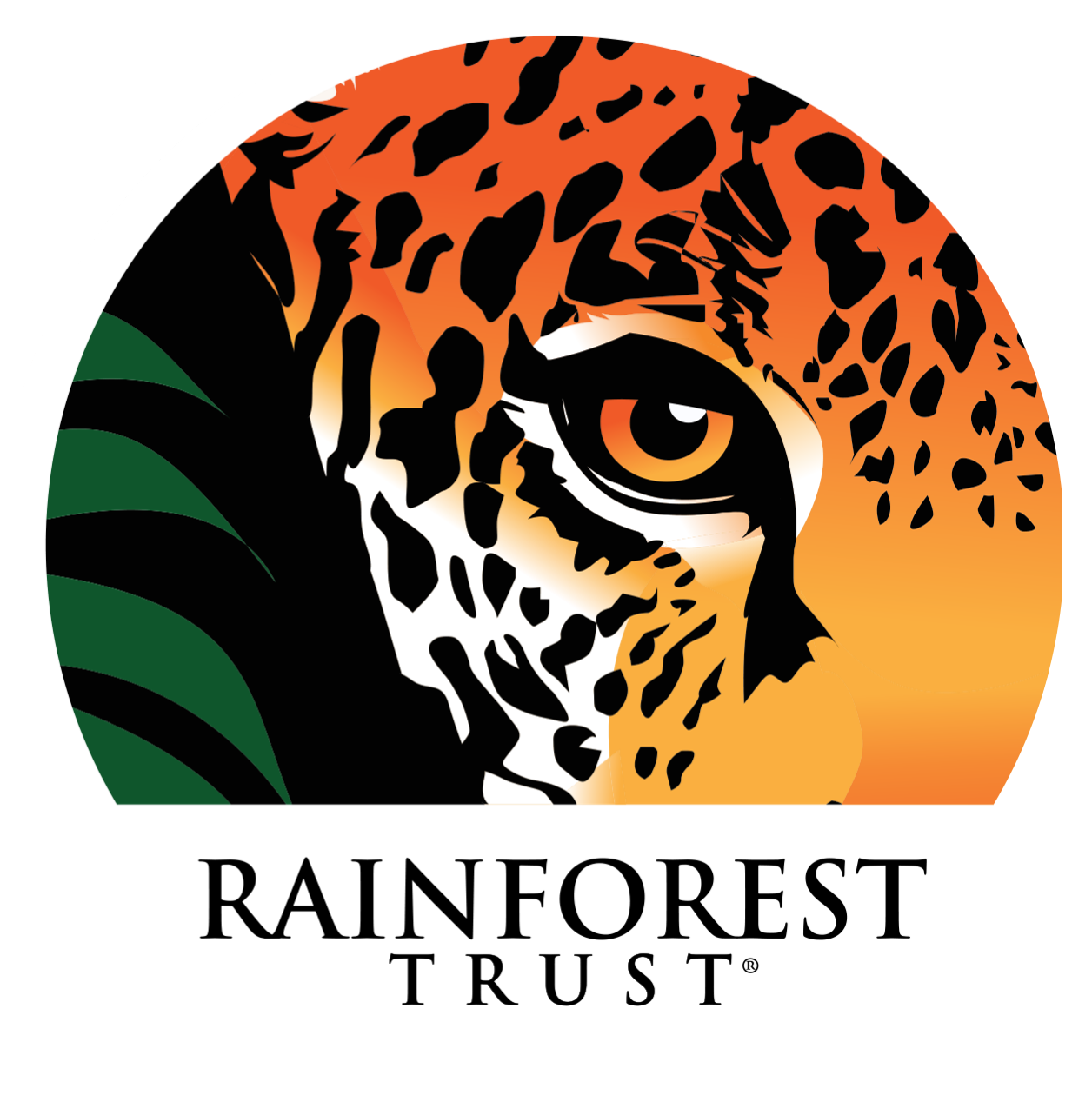Will data ever be truly sustainable? In response to Wired.co.uk’s recent article: Can Consumer Tech Ever Really Be Sustainable? Slingshot’s team and community look at whether the data that comes from consumer tech could be sustainable, talking sustainable tech design and the move towards eradicating dark data…
Wired highlighted that the world is producing 53.6 million metric tonnes of e-waste per year – The equivalent to throwing away 125 TVs a second*. Drawing from a United Nations Report published in 2020, only 17.4% of this waste was recycled – a concerning statistic given the expected growth to 74.7 million metric tonnes by 2030.
However, E-waste has another carbon cost before it even reaches the landfill: Data.
Phones, laptops, tablets, and other smart devices produce excessive amounts of data; a lot of which will remain unused and become dark data. Dark data is data that is not being used by anyone and can create up to 6 million tonnes of Co2 emissions per year.
Combining this with e-waste statistics, e waste and its subsequent data waste is contributing towards an environmental emergency physically and atmospherically.
What can we do right now?
Wired hosted an impactful round table with industry’s leading consumer-tech brands to start to explore what companies can do to reduce e-waste and become more sustainable. We can break their findings down into 7 actions:
- Create Awareness
- Extend the lifecycle
- Upcycle
- Discover the environmental pay-off through micro innovation
- Cut Carbon
- Strive for authenticity
- View sustainability as a shared goal
Can we apply this to wasted Data?
I went round the Slingshot team and the wider Slingshot community to ask how these action points could be directed towards reducing Dark Data, how data-driven organisations are implementing these actions, where does that sustainability journey start, and most importantly if data can be made sustainable.
1) Create Awareness
A lot of companies are beginning their sustainable journey without publicising it. The issue Wired highlights is that consumers are therefore not aware of the green credentials of the product.
The same can be said for data. Dark data appears to be an unintended bi-product stemming from a lack of understanding of its environmental impact. If people knew what their excess data was doing to the environment, would the treatment of data change?
David McKee CEO, CTO and Founder of Slingshot Simulations believes that to create awareness and action we need to be providing people with examples that are common, relevant and relatable.
“How many photos have you got on your phone? How many of those are you going to look at again? Are you going to delete the ones you don’t look at? How much are you paying to store those photos? All those photos that are stored and not being viewed is dark data that is causing more CO2 that 80 of the smallest countries combined.”

David McKee
CEO, CTO and Founder Slingshot Simulations
2) Extend the lifecycle
Update culture is integral with consumer-tech. Having the latest technology is marketed to be a must-have. Wired suggests that businesses “need to extend the life cycles of their products”, but how to you do this with data?
Head of Product at Slingshot Simulations Imogen Hetherington suggests that the lifecycle of data can be extended past its initial purpose.
“We need to architect services that help you gain fresh insights from your existing data or guide you to discovering data you didn’t even know you had,” she explains. “By doing so you can increase the use-by-date of your data which moves it from being dark data into relevant and valuable information that is no longer being wasted.”

Imogen Hetherington
Head of Product, Slingshot Simulations
One solution that can be used to extend the lifecycle of data is Digital Twins. Dan Isaacs, CTO of the Digital Twin Consortium has just finished up a large members meeting all centred on the idea of a sustainable Digital Twins
“In order to increase the lifecycle of data you need to put it into a process that will keep data relevant and valuable. Digital Twins facilitate this by frequently synchronising with the real world. New data is being added and older data is constantly evolving with it, this synchronisation ensures the requisite fidelity is maintained, providing the precision and accuracy of the virtualisation to the real world entity process. This circular approach to data analysis means nothing is wasted and you get a more accurate representation of data in the context of a digital representation of the world. A truly sustainable solution.”

Dan Isaacs
CTO, Digital Twin Consortium
3) Upcycle
Gaining fresh insights from your data as Imogen suggests is also part of a larger upcycling process that is equally crucial for dark data as it is for e-waste.
When it comes to a tangible electrical product, durable design is stressed by Wired to be of upmost importance for upcycling. Whilst clean, validated, and trustworthy data is always going to contribute to its durability, this doesn’t necessarily ensure durability of data past its initial purpose.
Imogen explains that knowledge-graph technology is the key to increasing the durability of data.
“Knowledge graphs allow you to automatically bring a whole bunch of different data together and find relationships between them. This can breathe new life into your data as linking it with other pieces of information creates a deeper context and perspective you might not have gained from one piece of standalone data. By integrating data into a knowledge graph it elevates our understanding of the data and upcycles it to become something entirely fresh. This increases its durability and longevity as it essentially becomes part of a library, a knowledge base, that’s pulled on every time you want information on a particular subject thus never going out of use and becoming Dark Data.”

Imogen Hetherington
Head of Product, Slingshot Simulations
4) Discover the environmental pay-off through micro innovation
A crucial take-away from Wired’s article is to take on sustainable changes in bite-size chunks. Slingshot non-executive Director Pete Mills is a conservation member at the Rainforest Trust and believes that sustainability should be threaded tightly with the operations and innovation processes of the company.
“It’s about assessing each feature you create and service you offer and asking yourself is it sustainable? We need to create a company culture that feels comfortable scrutinising products they create and shaping them to work for a sustainable end goal. If we tackle sustainability at the micro level in the core design, we stand more of a chance of making a larger impact than trying to take on the product as a whole piece.”

Pete Mills
Conservation Member, Rainforest Trust
Wired emphasised that it’s about “solving a consumer problem at the same time as solving an environmental problem”. Head of Product Imogen notes that this requires careful design of internal design processes.
“Data can only be sustainable if we design features and services that make it sustainable. At Slingshot we aim to include the environmental pay-off right at the start of the feature proposal process. For every user and business benefit of the feature there must be a sustainable benefit.”

Imogen Hetherington
Head of Product, Slingshot Simulations
Even if such processes weren’t there from the beginning, Wired re-awakens the concept of reinvention to prioritise re-assessing our products and services to align it with sustainable goals.
5) Cut Carbon
A good way to start aligning your company with more sustainable values is simply by cutting your carbon Wired suggests.
Imogen recommends that the easiest and cheapest way to start this journey is by simply deleting your data.
“Knowing what you can and cannot get rid of is crucial to cutting the carbon on your data. The only cost involved in data culling is an environmental cost. If you know what data you need and what data can be removed, it is as easy as deleting it from the cloud, particularly if you have used a data-oriented service that has already helped you glean any remaining value from that data and identify that it is no longer relevant.”

Imogen Hetherington
Head of Product, Slingshot Simulations
6) Strive for Authenticity
For data to become sustainable it needs the support of the product, and the product needs the support of the team. Wired rightly notes that we are becoming increasingly primed to see past false narratives and anything other than authentic will be noticed.
“You need to avoid greenwashing; it’s not loyal to your team, your users, or yourself. To avoid this, you must define what sustainability means to your team and your technology and set yourself goals that you can measure and track. We know that eradicating Dark Data is vital for data to become more sustainable whether that be through deletion or finding new purpose for that data, but there is also a bigger sustainability narrative to be told through the storytelling of the data itself.”

David McKee
CEO, CTO and Founder, Slingshot Simulations
“Data can be sewn together to tell stories about the world around us in novel and insightful ways. It is important that you take the time to get to know what sustainability means to your users. Sustainability could mean environmental, social or governance (ESG) and each one of those can be narrated through data. By having your user’s sustainability story rooted in data, you are giving it a level of authenticity and assurance that empowers companies to pursue their goals.”

Will Schaffer
Investment Director, Mercia
7) View Sustainability as a shared goal
Can data every truly be sustainable? Claiming that data could be 100% sustainable is overly utopian to be reachable. However, could data become sustainable enough to be impactful? Absolutely.
If you are not completely sustainable as an individual or a business, you are still able to make an impact. Former track and field sprinter Kim Collins said “Strive for continuous improvement, instead of perfection”. If we all work towards becoming increasingly sustainable then the effect will be more consistent and immediate.
It is less about seeing your product as wholly sustainable, and more about seeing it as a vital piece of a wider, global construct around working towards a sustainable future.
Whilst Data has a long way to go with regards to sustainability, the Slingshot team and community have proven that it can be a strong facilitator to reach sustainable goals. Each company will have their unique goals however, the journey to sustainability is something that impacts everyone and therefore should be a shared ambition and a joint responsibility.
Every journey begins at home and Slingshot are getting ready to launch their sustainability initiative shortly. In the meantime take a look at our Sustainability page to see how we plan to start our own sustainability journey.
Start your sustainability journey Now
Reuse, Recycle and Rejuvinate your data with our easy-to-use, low-code, data visualisation and analytics tools. Sign-up now or book a call with us.
Get Started for FreeTalk to Us
*Calculated from average weight of 32” televisions.
